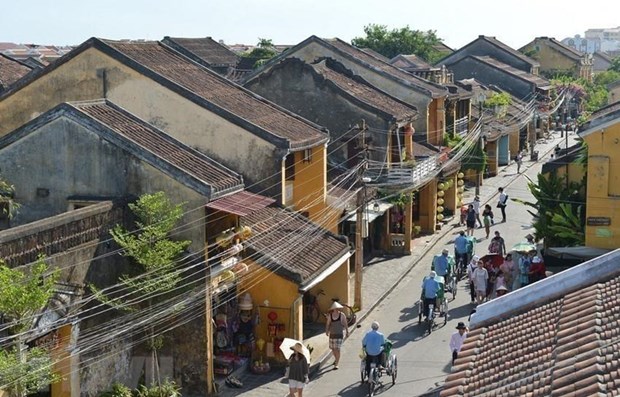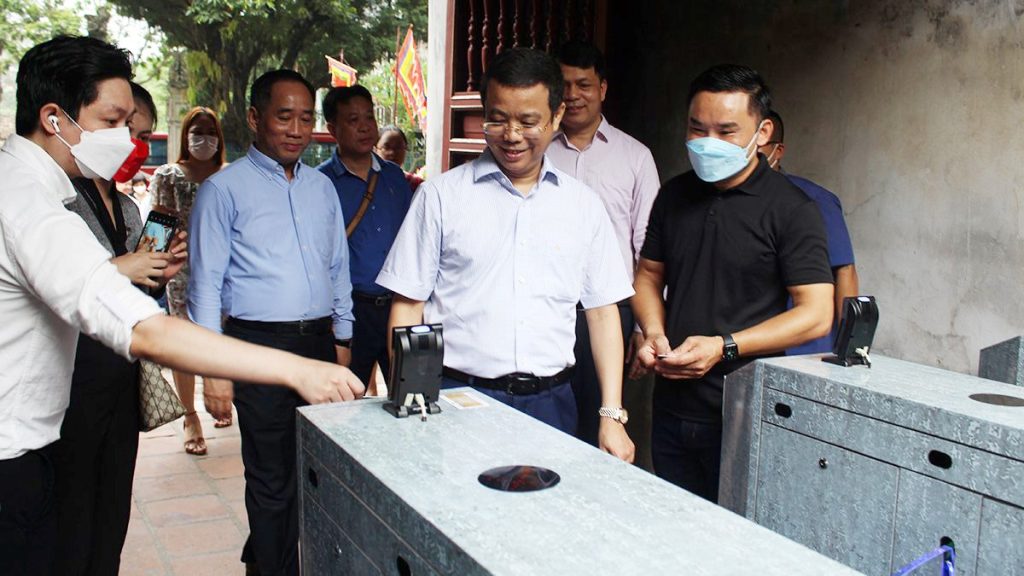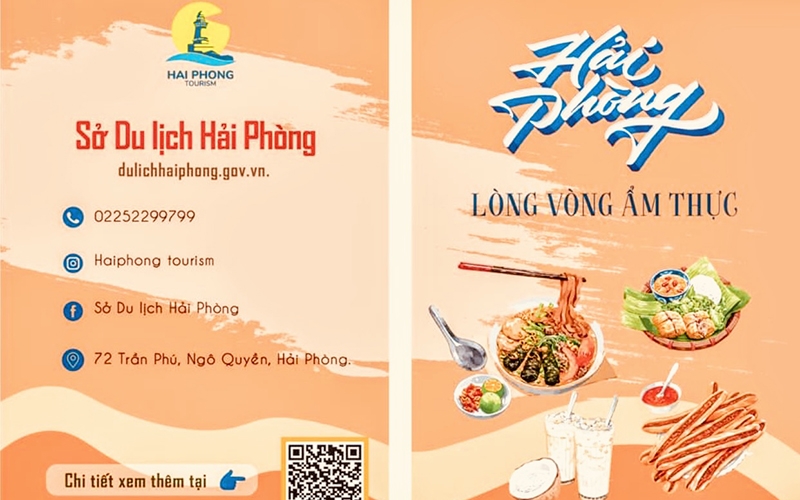(TITC) – Sustainable tourism has three interconnected aspects: environmental, socio- cultural, and economic. Protect enviroment and local culture is so important. ASEAN members also require conserving sustainable environment and encouraging interaction between the local community and guests in ASEAN Community-based tourism Standard.
For conserving and promoting sustainable environment, ASEAN CBT Standard requires conserving natural resources and promoting environmentally sustainable practices in the community with following contents.
– Natural resources and environmentally sensitive sites in the community are identified, planned, documented and endorsed by relevant communities.
– A fund exists to support community-based conservation programs and actions.
– Awareness and capacity building programs exist to educate/provide information to relevant stakeholders to protect the natural resources.
– Local rules and regulations exist to ensure the protection and presentation of nature.
– A fund is available to support community-based environmental improvement actions.
– A locally appropriate solid waste management system exists that applies avoid, reduce, reuse, recycle principles and hygienic handling of putrescible waste (e.g., composting).
– Locally appropriate wastewater management uses technologies that minimise risk to human health and environmental impact.
– Practices ensure that all rules, regulations and laws relevant to environmental protection are followed.
– Solid waste generation is actively discouraged (e.g., through encouraging refilling of water bottles withtreated water).
– Environmental information and education programs are available for hosts, guests and the community.
– Low carbon energy sources are used within the CBT area.
– Plastic free concept is actively encouraged to apply within the community.
Regarding to encouraging interaction between the local community and guests, ASEAN CBT Standard ask to focus on guest and local interaction and sustainable community-based tourism products with following requirements.
– Environmental and cultural information is included in the interpretation of the community and its surroundings.
– Policies and actions ensure safety and security for visitors.
– Codes of conduct exist for community, hosts and guests.
– Tourist expectations are managed by providing accurate information in marketing initiatives.
– A quality control and improvement system exists, including a process to obtain visitor feedback on their CBT experiences.
– A program of cross-cultural communication and understanding exists.
– Opportunities exist for tourists to contribute to local activities alongside community members.
– The quality control and improvement system is evaluated weekly and reported annually to Community members.
– Market trends and movements for future developments are followed to enhance the quality experiences for both host and guest.
– Transparent and fair pricing exists for visitors with adequate returns on community investments.
– Positive returns on investment exist in terms of social, cultural, environmental and economic outcomes.
– Target market segments are identified with their servicing needs.
– Appropriate and unique products and services are in place to service identified market needs and protect and enrich environmental and cultural assets, products and services.
– A targeted and cost-effective marketing program exists to attract identified markets.
Tourism Information Technology Center




